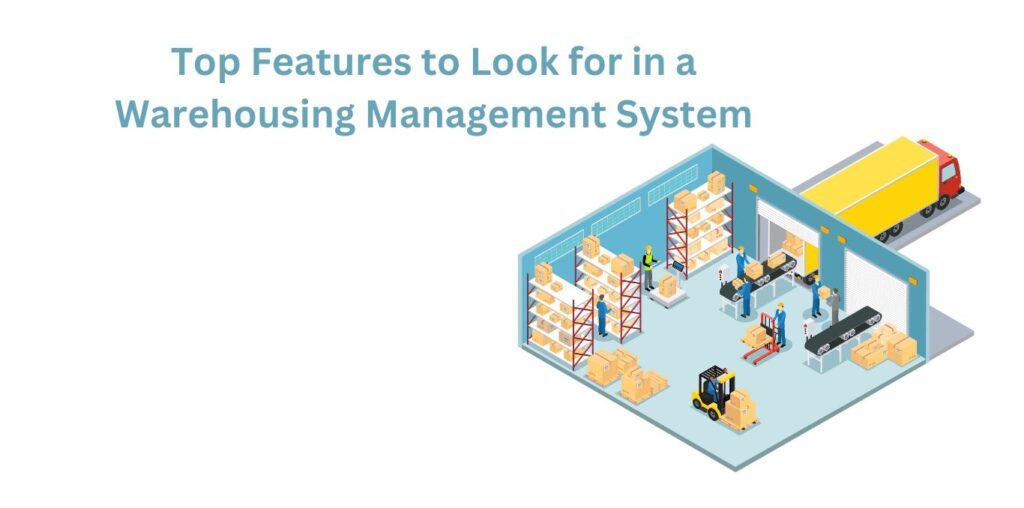A Warehousing Management System (WMS) is essential if a business aims to make every operation smooth; have full control over inventory; and minimize operational costs. Selecting the right Warehousing Management Software will define how well your warehouse operates. Below are the top features to look for when selecting a WMS, ensuring maximum performance and smooth warehouse operations.
1. Inventory Management
A good Warehousing Management System should encourage real-time visibility of your inventory. The chances to track stock levels, monitor product movements, and maintain updated inventory records are pivotal here. Look for Management Software that works well with barcode scanners, RFID systems, and many more that automate stock tracking while reducing errors and improving inventory accuracy.
2. Order Management and Fulfillment
A good WMS should help you manage the order from acceptance to shipment. Directing efficiency at product allocation according to order priority and availability, it cuts on lead-time and enhances customer satisfaction. Automation features such as picking, packing, and shipping instructions ensure the accurate and correct fulfillment of an order.
3. Real-Time Data and Reporting
Real-time data is one of the most valuable features of a Warehousing Management System. It allows warehouse managers to track inventory levels, order statuses, and other key performance indicators (KPIs) in real-time. A good Warehousing Management Software should provide customizable dashboards and reports that give insights into warehouse performance and help identify bottlenecks and streamline operations.
4. Barcode and RFID integration
Automation is key in modern warehouses, so a warehouse management system that integrates with barcode scanners and RFID technology will boost operations greatly. The scanning of products during receiving, picking, and shipping requests less human intervention, which in turn reduces human error, improves inventory accuracy, and enhances productivity.
5. Space Utilization
Maximizing warehouse space utilization is mandatory, primarily for organizations with extensive inventory. A WMS with space-saving capabilities can determine the best locations for items in the warehouse so that operations are carried out efficiently. Some of the space optimization features are slotting optimization and allocation that dynamically uses available space.
6. Support for Multiple Locations
A warehouse management system caters to multi-location support for companies with multiple warehouses. The system permits real-time management of warehouse inventories across different locations that better connects the warehouses and consistently maintains stock levels needed for fulfilling orders on time.
7. Integration capabilities
Your Warehouse Management Software must seamlessly integrate with other software like ERP, CRM, and TMS. Integration ensures the smooth interaction of all supply chain processes, as it reduces isolated data and enhances efficiency.
Conclusion
Selecting the right warehousing management system is a huge and crucial choice for any business that has a warehouse. A good WMS can help streamline operations and reduce costs, thus providing overall improved operations. While looking for warehousing management software, you have to focus on features like order and inventory management, real-time data reporting, integration capabilities, and security so that the system can serve business needs now and in the future.



